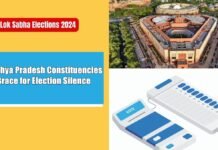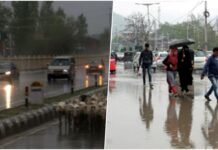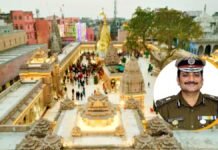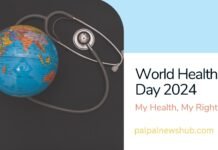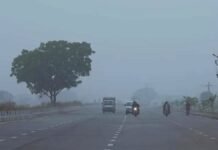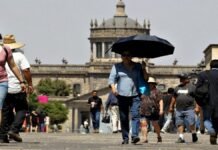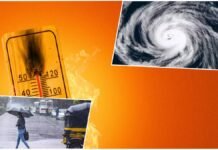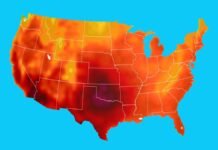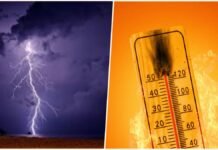
New Delhi: In view of the increasing cases of heatwaves in the country, the central government has issued an advisory to all the states and union territories. In the advisory, Union Health Secretary Rajesh Bhushan has told citizens what to do and what not to do in case of heatstroke. Along with this, the state governments have been asked to ensure adequate health facilities and other arrangements for the treatment of heatstroke patients. The Meteorological Department says that there will be relief from the scorching heat for the next few days, but after that, the mercury will rise again. According to the report of HT, IMD has estimated the temperature to reach above 50 degrees this time in North India.
This advisory of the Central Government has come at a time when the scorching heat has broken the record of 122 years in North India. According to the India Meteorological Department, in April, the average maximum temperature in the north-western areas was recorded at 35.90 degrees Celsius while in central India it was 37.78 degrees Celsius. Which is the highest in the last 120 years. The mercury has touched the level of 47 degrees in many places in April itself. The record of 72 years has been scorched in the heat of Delhi. The main reason for this is being told to be climate change and very less rain. Between March 1 and April 30, there was 32% less rain in the entire country and 86 percent in Northwest India.

According to the Indian Express, in view of these heat waves, the central government has issued an advisory and warned the people. It has been advised not to go out in the scorching heat especially between 12 to 3 in the afternoon. If necessary, carry an umbrella or keep it well covered with a hat, towel, scarf, etc. to avoid direct sunlight. Do not go out in the sun barefoot. Keep drinking water even if you are not thirsty. Take ORS etc. Eat seasonal fruits and vegetables. Stay away from alcohol.
The government has said that newborns and young children, pregnant women, mentally disturbed people and those working outside are at higher risk of heatstroke. Symptoms such as dizziness, swelling of hands, heels, and ankles, muscle weakness, stiffness, body temperature above 104 degrees Fahrenheit, nausea, vomiting, increased heart rate, and difficulty in breathing should be treated as a medical emergency. In young children, anorexia, extreme irritability, decreased urination, lethargy, lethargy and dry tears in the eyes have been termed dangerous symptoms. It has been said that if you see severe symptoms of heatstroke, contact the 108/102 helpline.
The Union Health Secretary has asked the state governments to make available IV fluids, ORS, ice packs, cold water, and essential medicines in sufficient quantity in the health centers. Ensure adequate supply of drinking water in sensitive areas. Medical officers, health workers, and ground workers should be kept alert by giving proper information. Uninterrupted power supply to the cooling equipment. Use solar power in case of a power cut. Documentation of guidelines on the ‘National Action Plan on Heat-Related Diseases’ should be sent to all the districts for effective management of heatstroke cases. From March 1 onwards, daily surveillance of heat-related diseases is being carried out in all states under the Integrated Disease Surveillance Program (IDSP).














